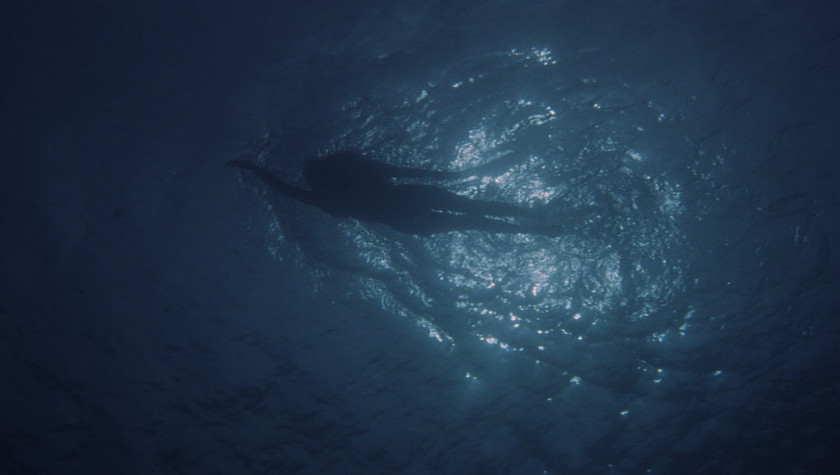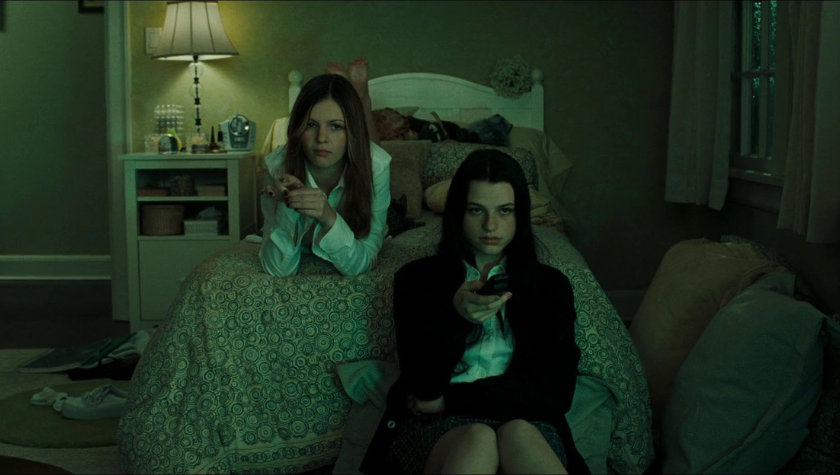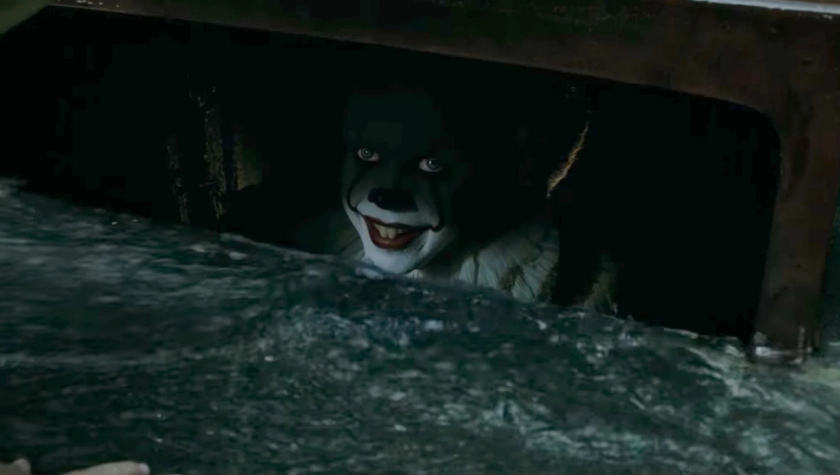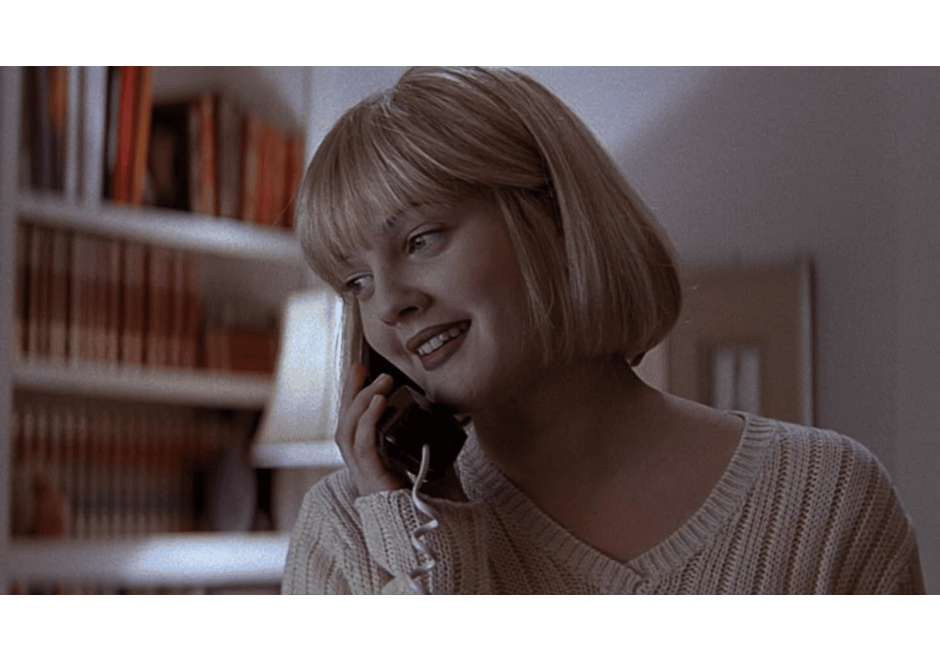Every screenwriter knows how crucial the first 10 pages of a screenplay are.
In those first few pages, you must hook the reader or risk having your script tossed aside by busy managers, agents, producers, or studio executives. While there are proven techniques to craft a compelling opening, horror stories have their own unique challenges: you need to create suspense, establish a chilling tone, and unsettle the audience all before the story has really started getting good.
Let’s break down how to write a horror opening that grabs attention from the first moment. We’ll explore the principles of building tension, creating fear, and introducing characters in ways that make audiences care about them and dread what comes next.
After reading this, you’ll have the tools to craft an opening that hooks both readers and viewers, setting the stage for a truly terrifying story.


The Key Elements of a Horror Opening
A strong horror opening does more than introduce us to the characters living in a world of terror. It sets the tone, hooks the audience, and makes them want to keep watching.
While every story is unique, most effective horror openings share a few essential elements:
- Start with Immediate Tension: Open your horror screenplay with a moment of unease, danger, or uncertainty. Avoid lengthy exposition and instead drop the audience into a situation that feels “off” within the first page.
- Establish the Tone and Subgenre Early: Ensure the first scene conveys the type of horror story this is (psychological, supernatural, slasher, cosmic, etc). The tone, whether eerie, brutal, or suspenseful, should be clear from the start.
- Introduce a Strong Visual Hook: Begin with a striking or memorable image that sets the mood and lingers in the viewer’s mind. Think of iconic openings like Jaws or The Ring. These movies have visuals that create immediate emotional engagement.
- Anchor the Audience with Realism Before the Fear Hits: Ground your opening in something familiar or relatable (a normal activity, an everyday setting) so that the horror feels like it’s invading real life. This contrast amplifies fear.
- Use Sound and Silence Intentionally: In your screenplay, describe how sound, or its absence, builds tension. Sudden silence, distant noises, or distorted sounds can make readers and viewers feel uneasy.
- Plant a Mystery or Unanswered Question: Create intrigue right away by showing something unexplained: a scream in the distance, a missing person, or an object that shouldn’t be there. This hooks readers to keep turning pages.
- Show, Don’t Tell the Threat: Suggest danger without fully revealing it. Allow the audience’s imagination to fill in the blanks; the unknown is almost always scarier than the revealed monster.
- Introduce Character Through Fear: Use the opening to show how your character reacts under pressure. Fear reveals personality more quickly than dialogue; it reveals what they value, fear, or deny.
- Set Up the Rules of the World: Whether your horror is grounded or supernatural, the opening should hint at the logic of the world. This helps the audience understand how danger operates and what might be possible.
- End the Opening Scene with a Shock or a Shift: Conclude with a visual or emotional twist, a sudden act of violence, an eerie discovery, or a chilling reveal that propels the story forward.
Using these key elements will help you craft a strong opening for your horror story that not only sets your story up for success but also piques the interest of anyone reading your script.
Now that you have the tools, let’s break down how to use them effectively.


How to Write a Strong Opening for Horror Screenplays
A great horror opening doesn’t just scare the audience, it hooks them. It sets the tone, builds tension, and establishes the emotional rules of your story.
The first few pages are your chance to make readers feel something unsettling before they even know what’s coming. Here’s how to do it effectively:
Begin with Unease, Not Explanation
Don’t waste your opening on backstory or setup. Instead, start in the middle of an unsettling moment. Dropping the audience straight into the event helps them understand the rules of the world and what the conflict will be. Whether it’s a masked killer stalking a victim or a mysterious fog rolling through town, the audience learns what kind of story they’re in without being bogged down by exposition.
Build Atmosphere Through Detail
In screenwriting, fear lives in the details. Focus on the sensory elements of the scene to create an atmosphere that reflects the world of your story. These details, from flickering overhead lights to creaking wooden floors or heavy breathing stifled by a hand, add tension that readers can feel. Avoid generic “it’s scary” language by showing how specific actions and sounds bring both the world and its characters to life.
Let the Audience Connect Before the Horror Hits
Even in the most terrifying openings, give the audience a moment to catch their breath. Showing us the everyday world, a morning routine, a casual conversation, and a familiar setting helps viewers relate to the characters. Whether it’s a high schooler making popcorn before her boyfriend comes over to watch a scary movie, or a guy playing video games in his apartment before his zombie-bitten neighbor knocks on the door, this sense of normalcy shows how disruptive the horror will be once it strikes.
Reveal the Threat Slowly
Effective horror writing is about control. If you rush the reveal, the audience may feel overwhelmed or lose their sense of suspense. Instead of immediately showing the monster, ghost, or killer, build tension through small, escalating details (a sound behind the wall, a missing object, a shadow that moves). The unknown keeps the reader’s imagination active, so take your time leading up to the first big scare.
Use Fear to Define Character
In your first scene, showing how your character responds when fear appears can reveal a lot to the audience. Do they freeze, investigate, or run? This instant reaction not only reveals who they are and what kind of arc they might follow, but also provides insight into the story’s tone. Are we meant to sense real danger lurking in the dark, or laugh it off through comedic denial? The way your character reacts teaches the audience how seriously to take the horrors that are about to unfold.
End with a Hook or Shift in Power
By this point, you’ve already built a strong opening. Now you need to stick the landing by leaving the audience wanting more. End your opening scene with a shocking image, a sudden power reversal, or a revelation that raises new questions. A single haunting moment can capture your audience’s interest and propel the story into the next act.


Summing Up Writing a Strong, Scary Opening
Opening scenes will define your story, so it is important to create a memorable one that stays with the audience and makes them want to stay with your story. A strong horror opening hooks readers from the very first page by setting the tone, building tension, and establishing the rules of the story’s world. By following these tips and using the screenwriting tools listed above, screenwriters can craft openings that captivate, unsettle, and set the stage for a truly terrifying story.

